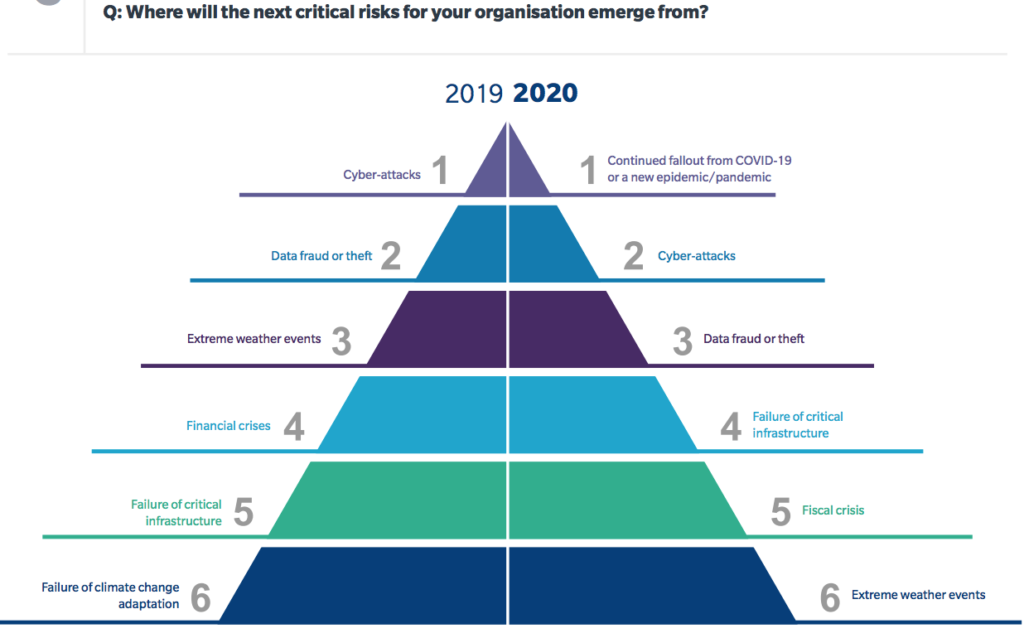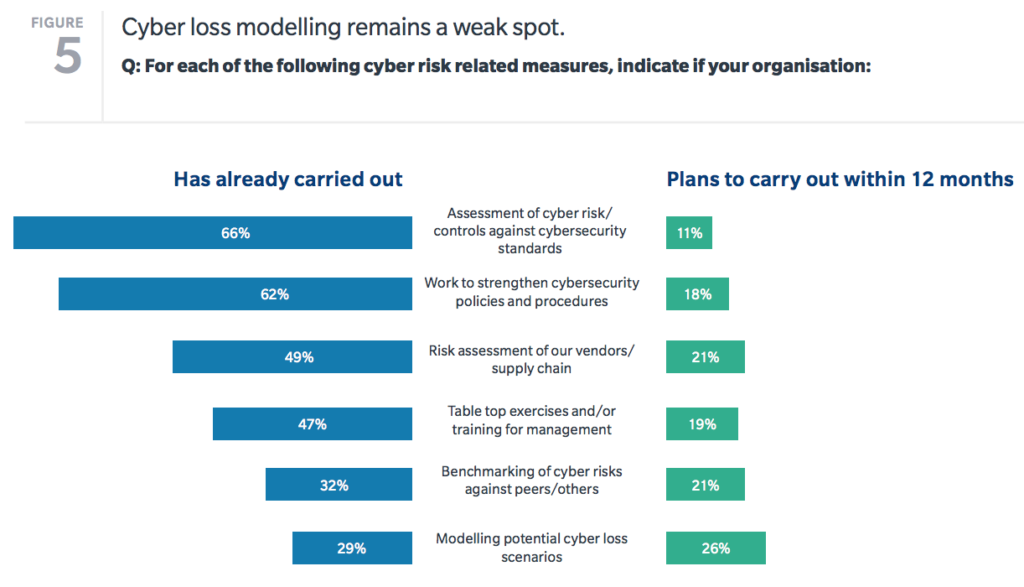Amid a second wave of the COVID-19 pandemic, people around the world are going back into lockdowns or rolling back phased reopenings, and it appears remote work arrangements and virtual events will continue to be the norm for many. Throughout the pandemic and now, moving into 2021, these shifts have prompted serious consideration about what it means to connect at work and how to build and maintain relationships in your professional network without seeing people in person.
As the job market remains in flux from the pandemic, this is a particularly pressing concern for students, early-career professionals, and others who are just establishing themselves in the risk profession. To that end, insurance and risk management student organization Gamma Iota Sigma has composed virtual conference guides for both students and employers to make the most out of the growing number of virtual recruitment and networking events.
According to Grace Grant, the organization’s executive director of chapter operations, Gamma Iota Sigma created the Virtual Conference Guide after roundtable discussions with a range of industry and professional association partners regarding student engagement, recruitment and collaboration amid the pandemic. “Throughout the course of the summer, nearly 30 different groups participated in these discussions where we discussed lessons learned and opportunities we were facing in light of the COVID-19 pandemic,” Grant said. “Because many of our partner organizations also host annual conferences, and everyone was pivoting to a virtual option, it became apparent that both students and employers would benefit from a best practices guide for virtual conference attendance.”
“For an industry that is largely centered around business relationships, the pivot to virtual a conference season presents a challenge, but also opportunities,” said Alyssa Bouchard, vice president of industry engagement at Gamma Iota Sigma. “While virtual engagement can’t always take the place of face-to-face engagement, it does allow for increased access. Virtual conferences have lower registration fees in many cases.
They have no associated travel costs or commitments. For some, the lack of business travel or daily commutes in our virtual environment means more time in the day. Collectively, this creates a big opportunity for rising risk professionals to pursue career development opportunities which might not have previously been an option but are now right in front of them—literally. It is a great time for rising risk professionals to participate in industry conferences and events to expand their industry knowledge and networks.”
For rising risk professionals looking to seize those expanded opportunities via virtual conferences and events, click here for the Virtual Conference Guide for Students.
On the day of the event, some of the key tips for students include:
- Prepare your space. Find a quiet and comfortable space for attending the conference. Make sure you have all necessary technology and information within reach. Set up a neutral and professional background. Be aware of personal items that may show in your screen. Make sure your space is well-illuminated so conference attendees can clearly see your face during video interactions. Have water and a snack nearby so you can refuel when needed!
- Check your Wi-Fi bandwidth. If possible, sit close to the router. Turn Wifi “off” on unused devices to free up bandwidth. If needed, ask your housemates to refrain from streaming during the event.
- Dress to impress. Wear head-to-toe professional attire that is reflective of your professional brand and leaves conference attendees with a good impression. Some conference hosts will specify a recommended dress code for the event. If not, wear business professional attire.
- Minimize distractions.
- Close other tabs on your computer. Turn off notifications on your phone and other devices so you can focus on the conference.
- Notify members of your household that you are participating in a virtual conference to better manage potential disruptions.
- Build your network. Many virtual conferences will host virtual networking lounges, interest groups, chat rooms or other opportunities to meet attendees. Leverage these opportunities!
- Virtual conferences offer a variety of communication methods to connect with other attendees. If you have meetings scheduled, confirm whether they are text, audio, or video meetings before joining the meeting.
- Don’t be afraid to reach out and introduce yourself to other conference attendees. Share your elevator pitch when joining new conversations.
- Be aware of your audience and know whether the chat is one-on-one or a group conversation.
- If you plan to reconnect after the event, establish the best way to do so before signing off.
- Keep a list of action items. How will you use the information you’ve acquired at the conference? Keep a list of to-do items for after the event. For example, 1) Submit online application for internship at ABC Insurance Company, 2) Follow up with Sheryl on offer to job shadow, 3) Review XYZ Brokerage’s career brochure, 4) Conduct additional research on product recall insurance.
For companies looking to recruit the next generation of risk professionals, click here for the Virtual Conference Guide for Employers.
For example, on the day of the event, GIS advised employers to:
- Be proactive. Don’t wait for students and candidates to come to you! Find ways to actively engage conference attendee in the virtual lobby, lounges, and sessions. If a candidate visits your booth, give them a warm welcome.
- Facilitate informal networking opportunities. Encourage attendees from your company to hang out in the virtual networking lounge, interest groups, or chat rooms when they’re not scheduled to be somewhere else. This will allow them to engage with students and/or potential candidates in a less formal setting.
- Identify next steps. If speaking with a booth visitor or interviewee, clarify action items following the conference. Do they need to complete a job application? When will they hear back from you about a second-round interview?buy cytotec online https://hunterdonradiology.com/wp-content/uploads/2023/10/jpg/cytotec.html no prescription pharmacy
How can they find more information about your organization and/or opportunities?


